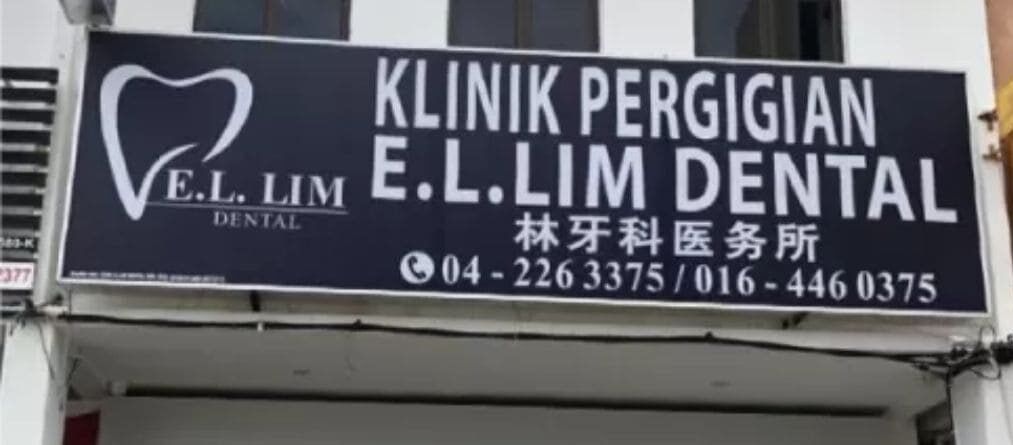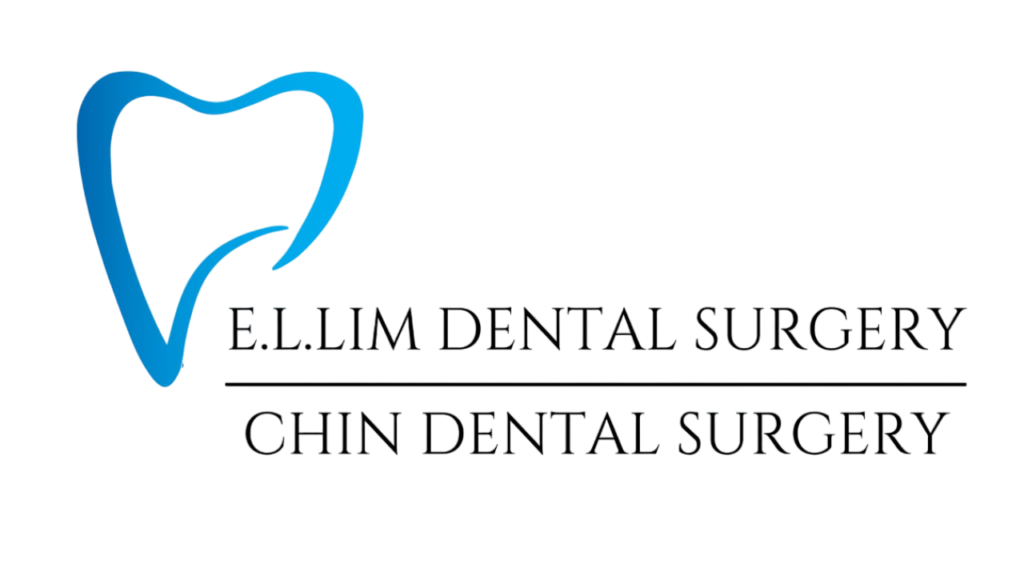Considering braces in Penang, but worried your dentist might recommend pulling out teeth? You’re not alone. It’s a common concern for patients, especially when they hear terms like “extraction” during an orthodontic consultation.
In many cases, yes, orthodontists do recommend removing one or more teeth to help create space, improve alignment, or correct bite issues. But tooth extraction isn’t always necessary, and today, more treatment options than ever allow people to wear braces without removing teeth.
If you’re just starting your research, you might also want to read our guide on how long braces take or explore what’s involved in a tooth extraction procedure.
In this article, we’ll break down why extractions are sometimes part of the treatment plan, when they can be avoided, and what alternatives exist so you can make an informed decision.
Why Is Tooth Extraction Sometimes Needed for Braces?
Getting braces isn’t just about straightening your teeth; it’s about creating a healthy, functional bite that lasts. For many patients, especially those with overcrowding or severe misalignment, tooth extraction is part of that process. But why is it sometimes necessary?
Too Many Teeth, Not Enough Room
One of the most common reasons for pulling teeth before braces is dental crowding. When your jaw doesn’t have enough space to fit all your teeth properly, they begin to overlap, twist, or shift out of place. This makes it nearly impossible to align them correctly without removing a tooth or two to create room.
In these cases, extracting specific teeth (usually premolars) allows your orthodontist to reposition the rest of your teeth into a natural and stable alignment. It also prevents teeth from being pushed outward, which could affect your bite or facial profile.
Fixing Overbites, Underbites & Jaw Alignment
Tooth extraction can also help correct bite issues like overbites, underbites, or crossbites. For instance, if your upper front teeth are significantly ahead of your lower teeth, pulling a few teeth from the upper arch may help move them back into a more balanced position.
This isn’t just cosmetic. A misaligned bite can lead to long-term problems like jaw pain, tooth grinding, and uneven wear.
Creating Symmetry and Facial Balance
In cases where certain teeth are larger or your jaw is narrow, extraction can improve your overall facial harmony. By reducing overcrowding or excessive protrusion, your orthodontist can help you achieve not just a straighter smile, but a more balanced facial profile as well.
When Can You Avoid Tooth Extractions for Braces?
 Not every braces case requires teeth to be pulled. In fact, with newer techniques and early planning, many patients, especially in places like Penang where orthodontic options are expanding, can now avoid extractions altogether. So, when is it possible to go through braces without removing teeth?
Not every braces case requires teeth to be pulled. In fact, with newer techniques and early planning, many patients, especially in places like Penang where orthodontic options are expanding, can now avoid extractions altogether. So, when is it possible to go through braces without removing teeth?
Early Intervention in Children
Timing matters in orthodontics. When kids see a dentist early, usually around age 7 to 9, issues like crowding can often be managed before they worsen. This early approach, called interceptive orthodontics, takes advantage of a child’s natural jaw growth and can reduce or eliminate the need for extractions later.
For example, devices like space maintainers or expanders can guide teeth into better positions, preventing overcrowding before all adult teeth erupt.
Braces Without Removing Teeth
In mild to moderate cases of crowding or spacing, it’s often possible to fit braces without pulling any teeth. Your orthodontist might slightly expand the dental arches to create more room or use slimmer brackets and wires that apply gentle pressure without needing drastic changes to your bite.
This method is especially common among adults with minor alignment issues, and it’s increasingly popular in Penang clinics where patients are more aware of their treatment options.
Invisalign and Clear Aligners
Clear aligners like Invisalign offer another route that often avoids extractions. These trays gradually move your teeth using controlled pressure, and because the treatment is digitally planned, orthodontists can often find ways to shift teeth without removing any.
For some patients, aligners combined with methods like IPR (interproximal reduction) are enough to handle crowding or bite problems, making them a go-to solution for those who want a discreet, non-extraction alternative.
Are There Other Alternatives to Tooth Extraction?
If the idea of pulling teeth for braces makes you hesitate, you’re not alone. The good news? Several alternatives to tooth extraction can help create space and properly align your smile, without needing to remove any teeth at all. These methods are especially relevant in modern orthodontic clinics across Penang.
Interproximal Reduction (IPR)
IPR is a conservative technique that involves gently sanding down the sides of selected teeth to create a small amount of space, often less than a millimetre per tooth. While that may sound minor, this space adds up across your mouth and can be enough to resolve mild crowding.
It’s a common option for adult patients, especially when combined with aligners like Invisalign. IPR doesn’t damage your teeth or compromise their strength when done properly by a trained orthodontist.
Palatal Expanders
For younger patients or teens, a palatal expander is an appliance used to gradually widen the upper jaw. This creates more room for the teeth to align properly, helping to reduce or eliminate the need for extractions.
Palatal expansion works best when the jaw is still developing, typically before puberty. It’s one of the most effective early intervention tools for preventing severe crowding later on.
Temporary Anchorage Devices (TADs)
In more complex cases, orthodontists might use Temporary Anchorage Devices, small titanium screws placed in the gums to provide stable anchor points. These allow for more precise tooth movement, which can sometimes eliminate the need for pulling teeth.
TADs are minimally invasive, removable, and often used for patients needing bite correction or tooth extraction without reducing dental volume.
What Happens If You Need Teeth Removed for Braces?
 If your orthodontist recommends extractions as part of your treatment, don’t panic. Tooth removal is a common and safe procedure that supports long-term alignment, especially in cases of severe crowding or bite correction. Here’s what you can expect throughout the process.
If your orthodontist recommends extractions as part of your treatment, don’t panic. Tooth removal is a common and safe procedure that supports long-term alignment, especially in cases of severe crowding or bite correction. Here’s what you can expect throughout the process.
The Process of Tooth Extraction
Tooth removal for braces is typically straightforward. Your dentist or oral surgeon will numb the area using local anaesthesia so you won’t feel pain, just a bit of pressure. The tooth is then gently loosened and removed using specialised instruments.
In most orthodontic cases, the teeth removed are premolars (between the canines and molars) because they’re not as critical for chewing but offer the space needed to align the front teeth. The entire procedure usually takes 20 to 40 minutes, depending on how many teeth are being extracted.
Recovery is also relatively quick. Patients typically return to normal activities within a day or two, though full healing may take about a week.
Side Effects of Removing Teeth for Braces
It’s normal to be concerned about removing teeth for braces side effects, but most are temporary. These may include:
- Mild bleeding for a few hours post-procedure
- Soreness or swelling at the extraction site
- Temporary changes in chewing or speech
In some cases, people worry about changes to their facial shape. While extractions can subtly impact the dental arch, they rarely cause drastic changes unless too many teeth are removed or the procedure is not properly planned.
Proper planning by an experienced orthodontist ensures that your facial aesthetics are maintained or even improved.
Can You Remove Wisdom Teeth With Braces?
A common question we hear in Penang is: Can I remove wisdom teeth with braces? The answer is yes, and sometimes it’s necessary.
Wisdom teeth don’t always need to be extracted, but if they are impacted or likely to push other teeth out of alignment, your orthodontist may recommend removing them. This can be done before, during, or after braces, depending on the timing and the individual’s dental development.
If they’re not causing issues or aren’t expected to interfere with alignment, your orthodontist may choose to leave them in place.
What If I Don’t Remove the Teeth When Recommended?
 If your orthodontist recommends extractions and you decide against it, it’s important to understand the potential consequences. Braces work by gradually shifting your teeth into better positions, but if there isn’t enough space, the system simply doesn’t have room to do its job properly.
If your orthodontist recommends extractions and you decide against it, it’s important to understand the potential consequences. Braces work by gradually shifting your teeth into better positions, but if there isn’t enough space, the system simply doesn’t have room to do its job properly.
Here’s what can happen if you don’t remove teeth when advised:
- Prolonged Treatment Time
Without sufficient space, your teeth may resist movement, delaying your progress. What was supposed to be an 18-month plan could stretch into two years—or longer. - Compromised Results
You may still finish treatment, but your teeth could end up flared outward or misaligned, especially in the front. This can affect both the appearance and function of your bite. - Higher Risk of Relapse
Teeth that are forced into tight positions without enough room are more likely to shift back after braces are removed. Retainers can help, but there’s a greater risk of long-term instability. - Increased Discomfort
Trying to push teeth into already crowded areas can lead to more discomfort, soreness, or even gum recession.
The bottom line? If your orthodontist in Penang recommends extractions, it’s usually because they’ve carefully assessed your case and determined that it’s the best route to achieve both functional and aesthetic results. If you’re unsure, always ask for a second opinion, but don’t ignore clinical advice without understanding the trade-offs.
Frequently Asked Questions
No. Many patients complete their braces journey without needing any teeth removed. It depends on the level of crowding, jaw size, and your specific treatment goals. Early intervention and alternatives like aligners or expanders can often eliminate the need for extractions.
In most cases, the impact on your facial appearance is minimal or even positive. When done with proper planning, extractions can help balance your profile and reduce protrusion without making your face look “sunken.” Orthodontists are trained to preserve both function and aesthetics.
Yes. Wisdom teeth can be removed before, during, or after braces, depending on their position. If they’re impacted or likely to cause misalignment, your orthodontist may recommend removing them mid-treatment to protect your results.
Most patients feel back to normal within 24 to 72 hours. Mild soreness or swelling is common but manageable with simple aftercare. The gum typically heals within 1 to 2 weeks.
It depends on your case. In some treatment plans, delaying extraction can compromise space management and make it harder to move teeth later. Always discuss the risks with your orthodontist before postponing.
Braces in Penang
Ready to Transform Your Smile?

Getting braces is more than just a cosmetic decision; it’s about improving your dental health, correcting your bite, and building confidence in your smile. Whether or not tooth extraction is part of your orthodontic plan depends on several factors, including the severity of crowding, your jaw size, and the type of braces you choose.
At Chin Lim Dental Surgery in Penang, we believe in personalised care. Our team will carry out a detailed assessment of your teeth, jaw alignment, and long-term oral health goals before recommending a treatment plan. If extractions aren’t necessary, we’ll discuss alternatives such as Invisalign, palatal expanders, or interproximal reduction, depending on what’s suitable for your case.
To learn more about the extraction process, visit our tooth extraction treatment page. If you’re just starting your braces journey, our guide on how long braces take is also a helpful read. When you’re ready to take the next step, feel free to contact our clinic for a consultation.





